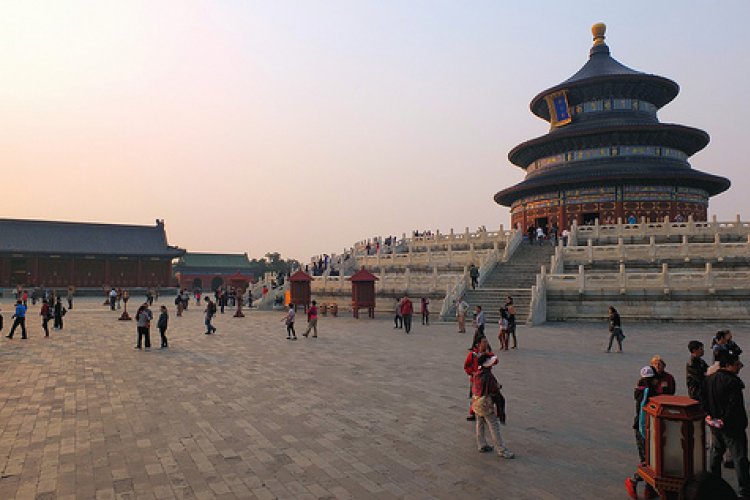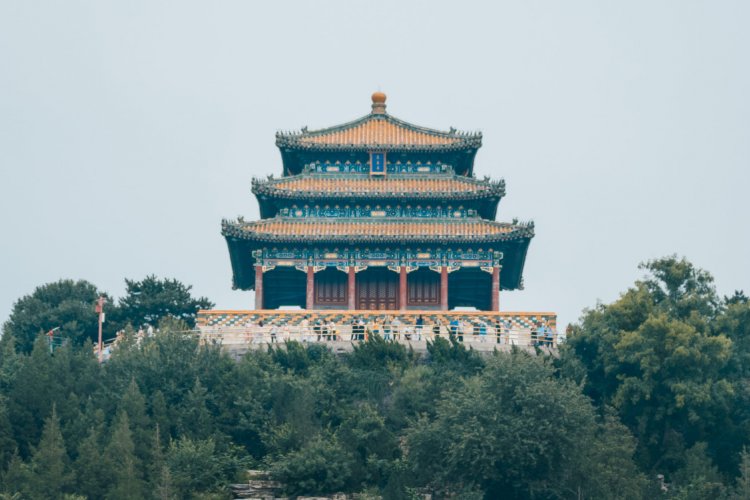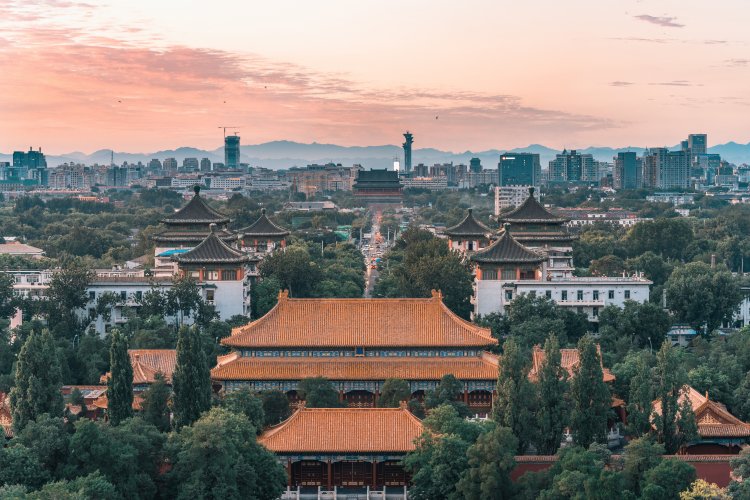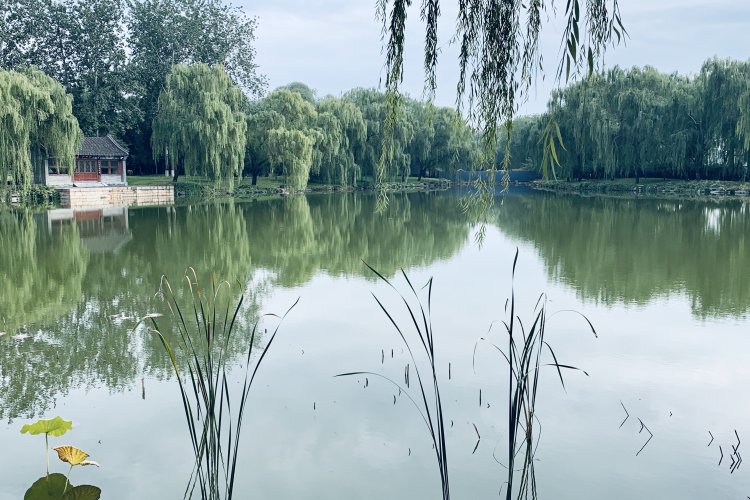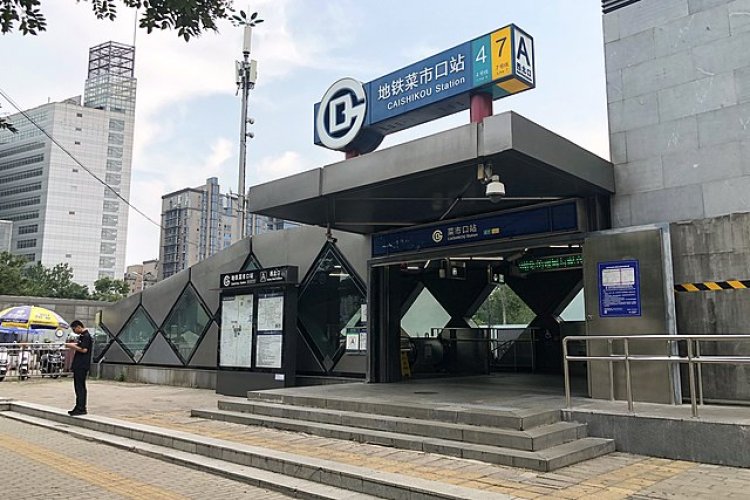Weekend Walk: Exploring the Old Summer Palace
Fun fact: the Old Summer Palace is actually called the imperial residence, or it was way back in the day. Construction on the imperial residence began during the reign of the Kangxi Emperor (1661-1722) and was continued under his descendants and imperial successors until 1860 when this magnificent set of gardens and architecture was destroyed at the end of the Second Opium War.
The Chinese name, Yuanmingyuan, refers to just one of three sections which currently comprise the park but has long been a shorthand for the entire complex. Today, the gardens and the ruins left from the 1860 sacking are a renovated park steeped in history and a fascinating place to enjoy a spring outing.

The size and layout of Yuanmingyuan mean the park is better for wandering around than following a particular path or trail. At five times the size of the Forbidden City, there’s plenty of room to wander. This also means the park is a good option for busy spring weekends. Even the attractions at the Yuanmingyuan will feel relaxed compared to the crowds at Yonghegong, Forbidden City, or choking their way down the alimentary alley at Nanluoguxiang.
Tickets can be reserved online in advance via the Yuanmingyuan WeChat App using a passport or Chinese National ID, but there are also service windows outside the South Gate that sell old-school paper tickets. It feels quaint and refreshing to just rock up to a scenic spot in Beijing, plunk down good old fashion RMB cash/flash the WeChat, get a paper ticket, and then head inside.
Only the special “Horse’s Head” exhibit at Zhengjue Temple requires an online reservation with a QR code. The bronze statue is one of twelve fountainheads likely designed by the Italian Jesuit artist Giuseppe Castiglione and modelled after the Chinese zodiac. The animal statues, including the horse, were once part of a fountain in a garden of Western-style buildings, fountains, and follies that occupied a small section of the Old Summer Palace. These animal heads were just some of the innumerable objects looted from the grounds of the Old Summer Palace in 1860 by the Anglo-French Expeditionary Force, which occupied Beijing at the conclusion of the Second Opium War, as any local primary school student visiting the park can tell you with justified opprobrium.

Six of these heads have been found and are in museums around Beijing, but the horse’s head was purchased at auction by casino king Stanley Ho for over 8 million USD in 2007 and then donated to the Yuanmingyuan in 2019. Today the head is in a temporary exhibit at the Zhengjue Temple, a restored space about 400 meters west of the South Entrance. While an online reservation is needed to view the exhibition, the same reservation also gives you access to the park. Simply exit the Zhengjue Temple via the back door and the exhibition gift shop.
Whether entering through the South Main Entrance or the Zhengjue Temple, you will first notice the beautifully maintained grounds and waterways. Tragically, the magnificent architecture and beautiful buildings which once graced the park were destroyed in 1860. Only a tiny handful of structures have been rebuilt; the rest are still in ruins. The argument is that the ruins serve as an evocative reminder of the destruction at the hands of the foreign powers.
(Yes, we all know that Lord Elgin burned down the Old Summer Palace as retaliation for the arrest and torture of a party he dispatched to negotiate under a flag of truce. No, your new primary school friend isn’t going to care when you try and lecture them about this. They will just ask you why the foreign powers were such sticklers for international law in matters like “flags of truce” but not so much when it came to things like “running a global drug cartel” and “dognapping.”)

This tragic history makes the Yuanmingyuan one of the city’s most hauntingly beautiful parks, and it also makes it one of the most interesting historical sites in Beijing. While many other historical places in China suffer from aggressive and often ahistorical renovations and rebuilding, the Yuanmingyuan is a landscape of foundations, crumbling walls, and old stones amidst trees, flowers, and graceful canals. Only the Western-style Buildings, built of stone and marble, in the northeastern section of the park retain anything resembling their original form. The area with the ruins of the Western palaces is also, unsurprisingly, the most popular part of the park and requires an additional 10 RMB ticket to enter (can also be purchased onsite).

This time of the year, the best way to appreciate the park is simply to meander the grounds. The fruit trees are in full blossom, and the amazing peonies which surround the ruins of the Hanjingtang 含经堂, a short distance from the Western-style palaces, are due to bloom any day now.

One other way to explore the Yuanmingyuan is by water. Boat services connect different parts of the park and cost 35 RMB one-way. Note that some boat tickets may involve transferring between two different kinds of boats as not all craft can ply the narrow tangle of canals winding their way around the park. The boats are also an excellent vantage point for spotting the park’s most famous feathered denizens: A nesting community of black swans who can frequently be seen cruising the lakes and waterways. If you see swans this time of year, look carefully just behind them, as many breeding pairs will be leading newly hatched cygnets on their first forays into the water.

The park is too large to explore in just one day. Don’t even try. But it is also large enough that even on a crowded weekend, it can be easy to find someplace to sit quietly, perhaps enjoy a picnic lunch or beverage (Sips by Sal fit nicely into a backpack or a cooler) and enjoy a little peace and tranquillity.
About the author
Jeremiah Jenne earned his PhD in Chinese history from the University of California, Davis, and taught Late Imperial and Modern China for over 15 years. He has lived in Beijing for nearly two decades and is the proprietor of Beijing by Foot, organizing history education programs and walking tours of the city, including deeper dives into the sites at the Old Summer Palace.
READ: Travelers, Trains, and Tartary: China Literary Journeys To Inspire Your Next Adventure
Images: Jeremiah Jenne


